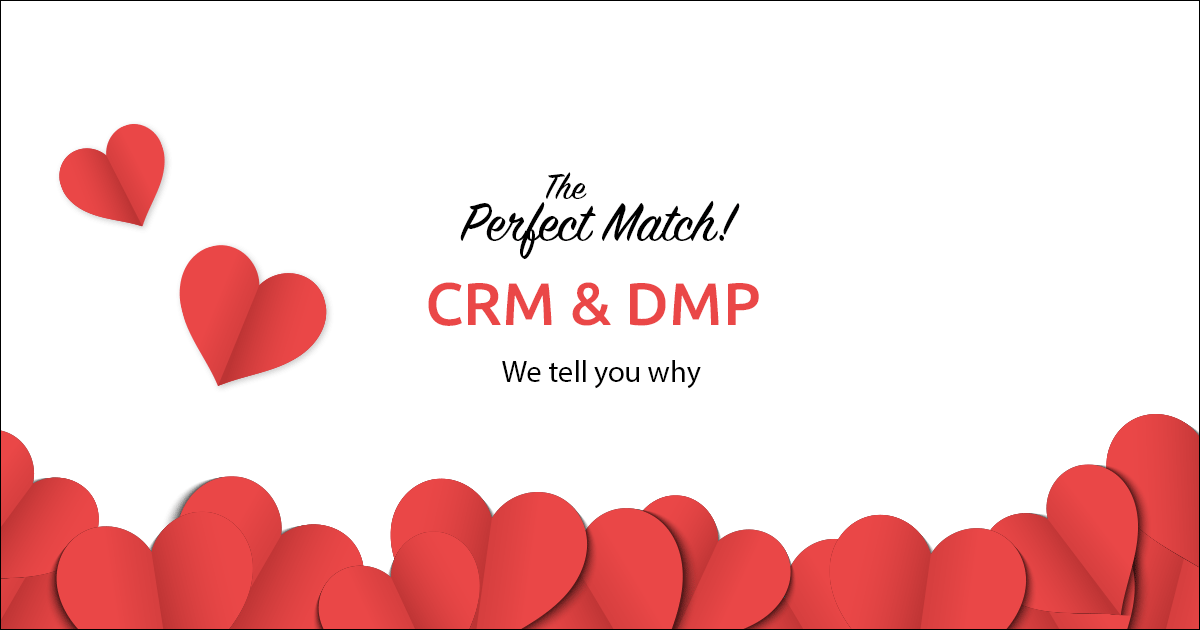Just a few days before Valentine’s day, Pete walks into his local jewelry store. The jeweler recognises him right away. As it’s the beginning of February, he also understands that Pete is here to buy a gift for his wife Lucy. Last year, it was a white gold bracelet: Lucy’s favourite. Maybe this year he’ll get the matching necklace? By relying on what he remembers from his customer’s history, the jeweler knows exactly what piece to recommend.
Can the same outstanding level of customer intimacy be achieved when the only points of contact between an advertiser and their customers are digital… and a bit impersonal?
One of the claims of data marketing is to reach the same acute knowledge of clients that makes the best salespeople, but on a much wider scale and in-real-time: in other words, to do exactly what Pete’s local jeweler is doing, but with thousands of consumers.
But here’s the thing: in order to be a good salesperson, you first need to know who you’re talking to. Advertisers today have access to an unprecedented volume of data: surfing the web, clicking on a banner, looking up a keyword, reading a newsletter… All of these online behaviors generate data. A boon for marketers? Well, almost: this behavioural data, also called non-personally identifiable data, are hard to tie back to a physical person.
So are modern-day marketers doomed to talk to cookies instead of people?
We, at Numberly, don’t think so. We think that behavioural data, if it is gathered with the explicit consent of consumers, is the perfect match to customer relationship… and we’re telling you why.

